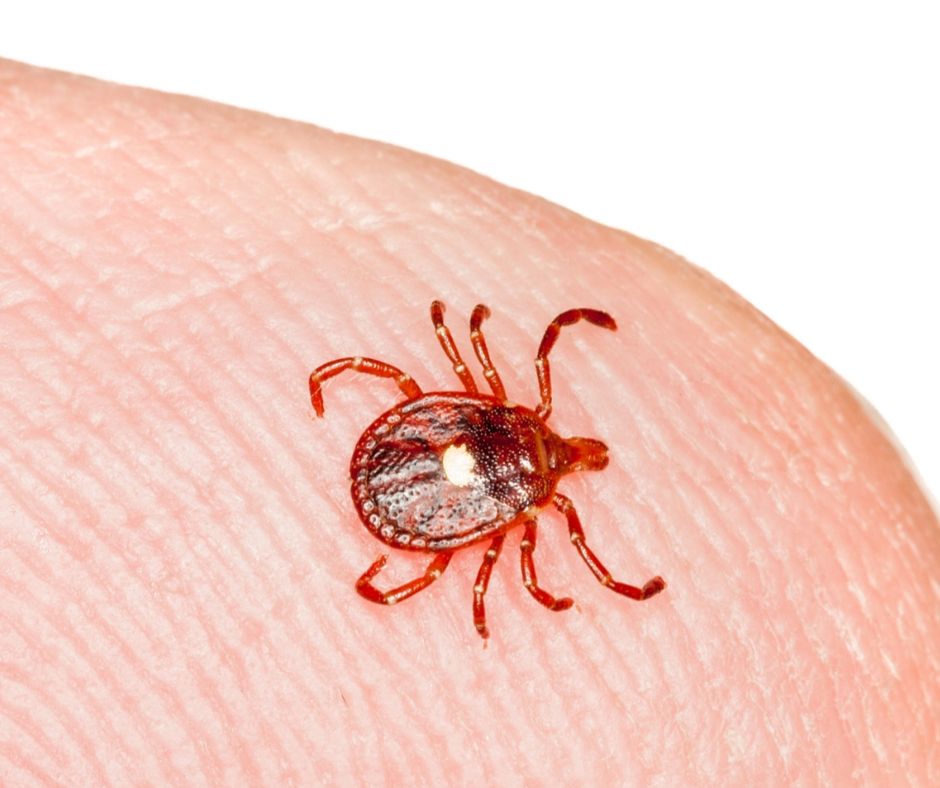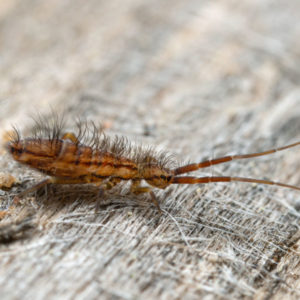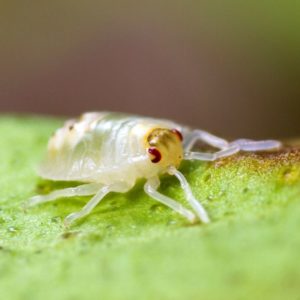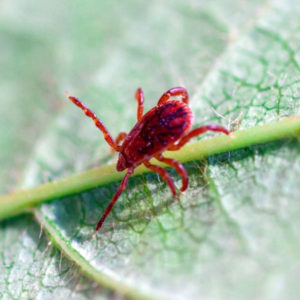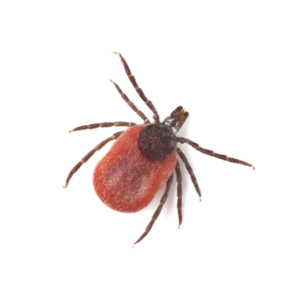Lone Star Tick Identification
What Do Lone Star Ticks Look Like?
Lone star ticks (Amblyomma americanum) are reddish-brown with adult females possessing a single white spot or “lone star” on their back. They have eight legs and a flattened body. Adult males lack the white spot and are slightly smaller. Lone star tick nymphs are smaller and darker in color but still possess eight legs.
Signs of a Lone Star Tick Infestation
Signs of a lone star tick infestation include finding ticks on pets or humans, especially if they have spent time in areas with tall grass, brush, or wooded habitats where they thrive. Lone star tick bites may cause red, itchy welts or bumps on the skin.
Habitat, Diet, Life Cycle & Bites
Do Lone Star Ticks Live?
Lone star ticks are found in wooded areas and fields and are more common around homes and buildings in secluded or rural areas. Adults are known to feed on large mammals, especially cattle and white-tailed deer. It is an ectoparasite of a wide range of domestic mammals like cattle, horses, goats, sheep, cats and dogs, and poultry. Humans are also commonly bitten by all active stages. This species is rarely found living indoors, and if found inside, it will generally be discovered on dogs or cats. The lone star tick is distributed from central Texas, eastern Oklahoma, north to Missouri, and eastward in a broad belt across the southeastern United States. Along the Atlantic coast, its distribution extends northward to coastal areas of New Jersey and New York.
Diet of a Lone Star Tick
Lone star ticks feed on the blood of various hosts throughout their life stages. They primarily target mammals, including humans, but can also feed on birds and occasionally reptiles. Like other ticks, lone star ticks require blood meals to develop and reproduce successfully.
Life Cycle of a Lone Star Tick
The life cycle of a lone star tick consists of four stages: egg, larva, nymph, and adult. Eggs are laid in the environment, and larvae hatch and seek a blood meal from hosts such as small mammals or birds. After molting, nymphs and adults continue seeking hosts for blood meals to develop and reproduce.
Do Lone Star Ticks Bite?
The lone star tick is known to bite humans, and although they do not transmit Lyme disease, a bite from the lone star tick can cause people to develop an allergy to red meat, including beef and pork. This specific allergy is related to a carbohydrate called alpha-gal and is best diagnosed with a blood test. Therefore, if you suspect you have been bitten, expert evaluation from an allergist familiar with the condition is recommended.
Are Lone Star Ticks Dangerous?
Yes, lone star ticks are considered dangerous as they can transmit various diseases to humans, including ehrlichiosis, tularemia, and southern tick-associated rash illness (STARI).
How to Get Rid of Lone Star Ticks
Keep grass and vegetation trimmed, and remove leaf litter and debris where ticks like to hide. Use tick repellents and perform regular tick checks after outdoor activities. It may be advisable to apply insecticides labeled for tick control to outdoor areas, focusing on vegetation edges and shaded areas. To get rid of lone star ticks, reach out to our flea and tick experts who use integrated pest management strategies to eliminate ticks for good.
If you need more information on lone star ticks, contact your local tick control experts.
Lone Star Tick Prevention Tips
To prevent lone star tick bites, wear long sleeves, pants, and closed shoes when in tick-prone areas. Use insect repellents containing DEET or permethrin on exposed skin and clothing. Avoid tall grass, brush, and wooded areas, especially during peak tick activity. Perform regular tick checks on yourself, pets, and clothing after outdoor activities.
Read more on how to prevent fleas and ticks from returning.
Need help with Lone Star Ticks control?
FAQs
How rare are lone star ticks?
Lone star ticks are not particularly rare and are actually quite common in certain regions, including the southeastern United States.While their distribution may vary within specific regions, lone star ticks are prevalent enough to be a concern for individuals spending time outdoors, especially during warmer months when tick activity is at its peak.
Why is it called the lone star tick?
The lone star tick (Amblyomma americanum) is named for the white spot or “lone star” located on the back of adult female ticks. This distinctive marking resembles the lone star symbol found on the Texas state flag.

